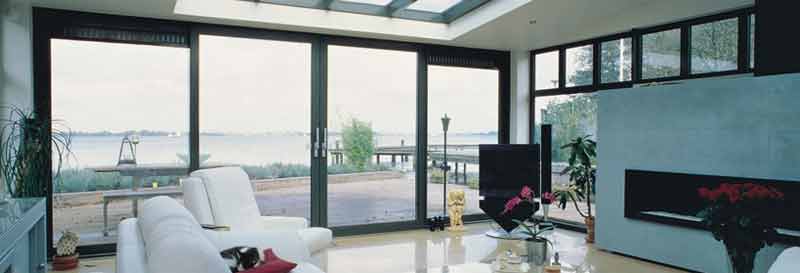All Categories
Featured
Table of Contents
Does Double Glazing Reduce The Heat In Brisbane's Summer? in Sorrento WA
That window can transmit more solar heat in winter than in summertime. A west-facing window on a summertime's afternoon has an angle of occurrence from near 0 as much as 30 with a large reliable area of solar radiation. A north-facing window, in summertime, has a high angle of occurrence and a low efficient area of solar radiation, so can transmit less heat than a west-facing one.
You can rapidly and easily enhance the thermal efficiency of your home by replacing your windows. There are thousands of types of glass and frames to select from.
Double Glazed Windows: A Complete Guide in Success Western Australia
There are various types of glass products to pick from. Single glazing utilizes a single pane of glass. Single glazing with clear glass is not very effective when it comes to heat loss or gain. To improve efficiency, you can utilize single glazing with a more energy-efficient type of glass such as low emissivity (low-e) glass.
Numerous layers can be put together with sealed cavities in between each sheet of glass. IGUs usually use better energy efficiency than single glazing, since they transfer less energy. The energy performance of IGUs likewise depends on: the residential or commercial properties of each layer of glass. Different glass types (for instance, clear and low-e glass) can be assembled in an IGU.
Double Glazing Versus Secondary Glazing in Dianella Western Australia

IGU cavities can be filled with air or a more inert, low-conductivity gas such as argon the width of the cavity. Cavity density is normally 6 to 18mm. Larger cavities provide lower (much better) U worths, with 12mm normally accepted as the favored space how well the cavity is sealed. Cavities should be dry and well sealed to avoid wetness getting in.
If argon is installed to the cavity in place of air, moisture is reliably omitted the level of desiccant (drying agent). The spacer (metal or polymer strip) that separates the glass layers contains a desiccant to take in any wetness. Inadequate desiccant might trigger moisture to condense on the glass surface area in cold conditions, reducing thermal performance.
How To Retrofit Your Windows With Double Glazing, And Keep ... in Duncraig Perth
In fact, IGUs can deliver better energy efficiency for all climates, specifically in heated and air-conditioned houses. Cross-section information of single, double and triple-glazing units Low emissivity glass (typically known as low-e glass) minimizes heat transfer. Low-e glass might be either high or low transmission: High transmission low-e glass has a finish that permits daytime from the sun to enter your house to achieve great solar heat gain, however lowers the quantity of the long wavelength infrared heat that can get away back through the window.
Low-e glass has either a pyrolytic finish or a vacuum-deposited thin movie metal covering. Pyrolytic coverings are long lasting and can be used for any glazing; vacuum-deposited finishes are soft and are only utilized within IGUs. Low-e coatings can significantly improve both U worth and SHGC; however, they should be utilized correctly or they will either weaken or stop working to carry out as needed.
Top 10 Tips To Keep Your Home Cool in Beldon Western Australia
Low-e finishings can be used in combination with clear, toned or reflective glass. Low-e coatings on glazing can decrease heat transfer where needed Picture: Department of Market, Science, Energy and Resources Toned glass has colouring ingredients included during manufacture. It is readily available in various colours, normally bronze, grey, blue and green.
Table of Contents
Latest Posts
Reasons Why Double Glazed Windows Are A Good Idea in North Fremantle Perth
Replacement Double Glazing - Upvc Windows in Kelmscott Perth
Reasons Why Double Glazed Windows Are A Good Idea in Wilson Western Australia
More
Latest Posts
Reasons Why Double Glazed Windows Are A Good Idea in North Fremantle Perth
Replacement Double Glazing - Upvc Windows in Kelmscott Perth
Reasons Why Double Glazed Windows Are A Good Idea in Wilson Western Australia